
Building human towers, called castells, was first documented near the city of Tarragona, Spain in the 18th century. A Catalan cultural tradition, the practice spread throughout Catalonia during the 18th century at local festivals, which opened the door for competitions. With teams called colles, the goal during a competition is to successfully build—and deconstruct—the highest and most complex human tower without tumbling. A small child often tops the tower. In 2010, castells were declared Masterpieces of the Oral and Intangible Heritage of Humanity by UNESCO.
There are a number of colles, including the Castellers de Vilafranca, which was founded in 1948 and has over 400 active members. In November 2015, Minyons de Terrassa became the first colle to successfully build and dismantle a “4 de 10,” a tower’s height that measures ten groups high, with each group consisting of four people. Surprisingly, accidents are a rare occurrence while building castells, though a 12-year-old girl died in 2006 after falling off of a castell. Before the 2006 fatality, the last fatal accident was reported in 1983.
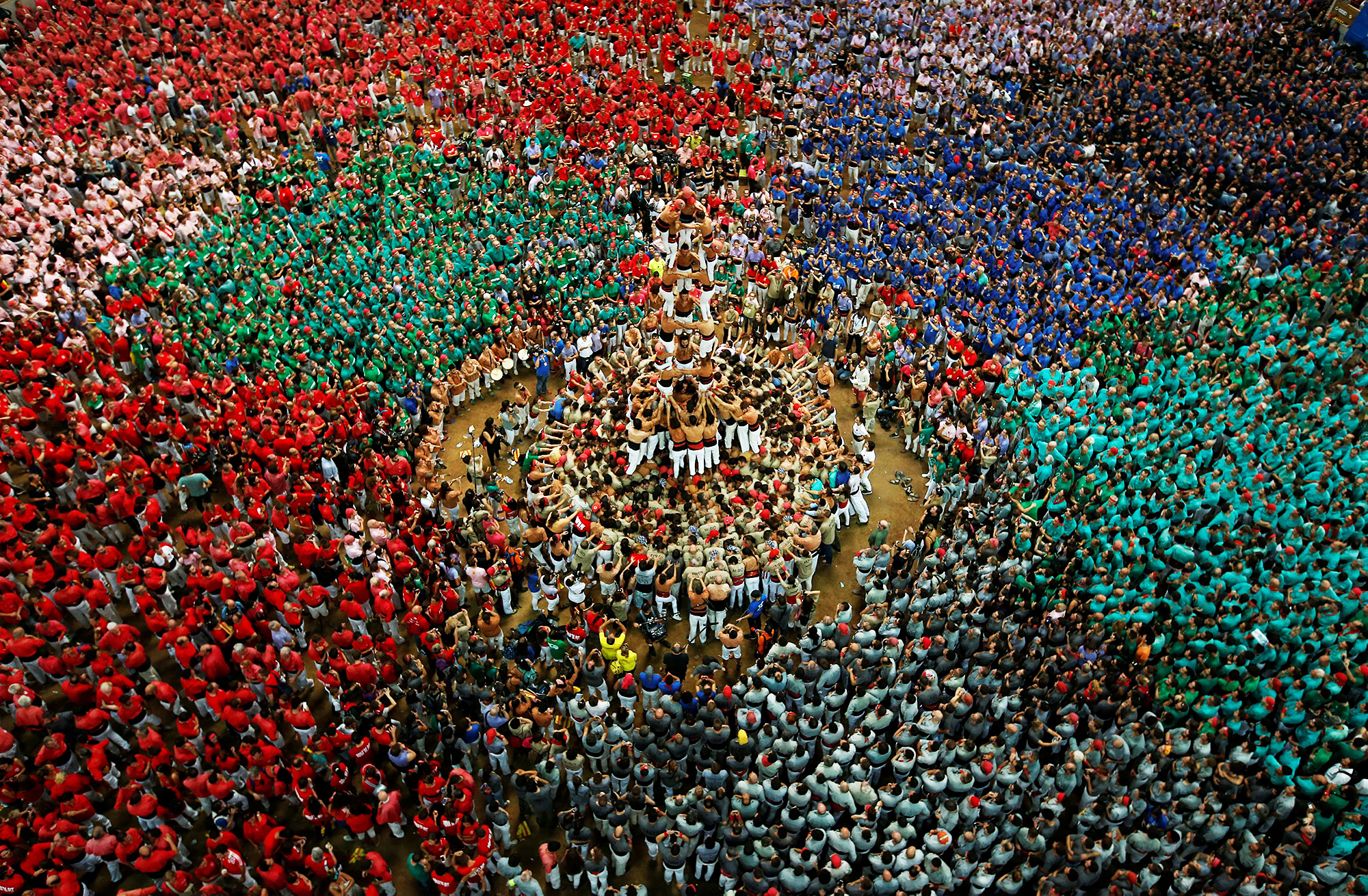
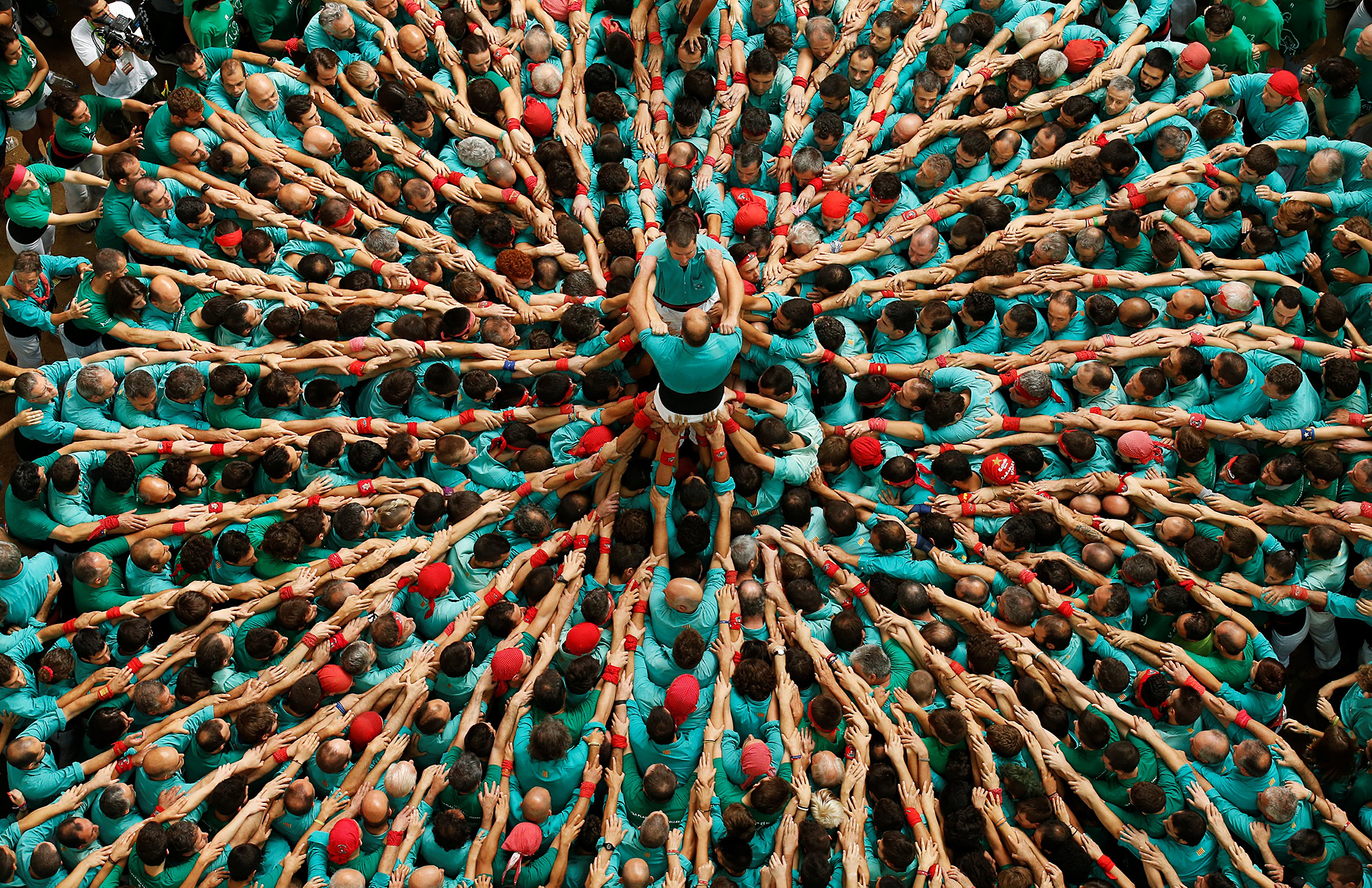

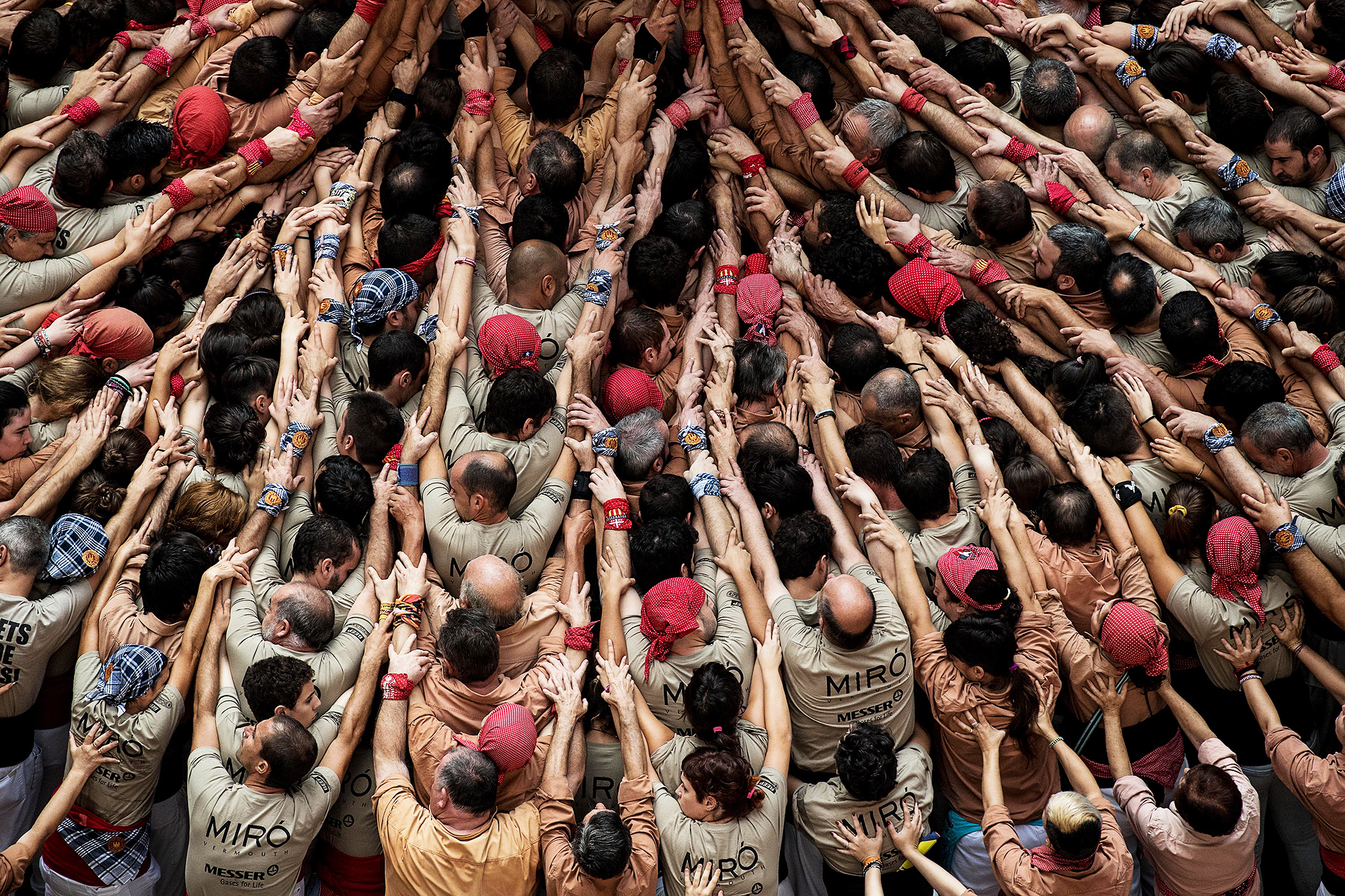
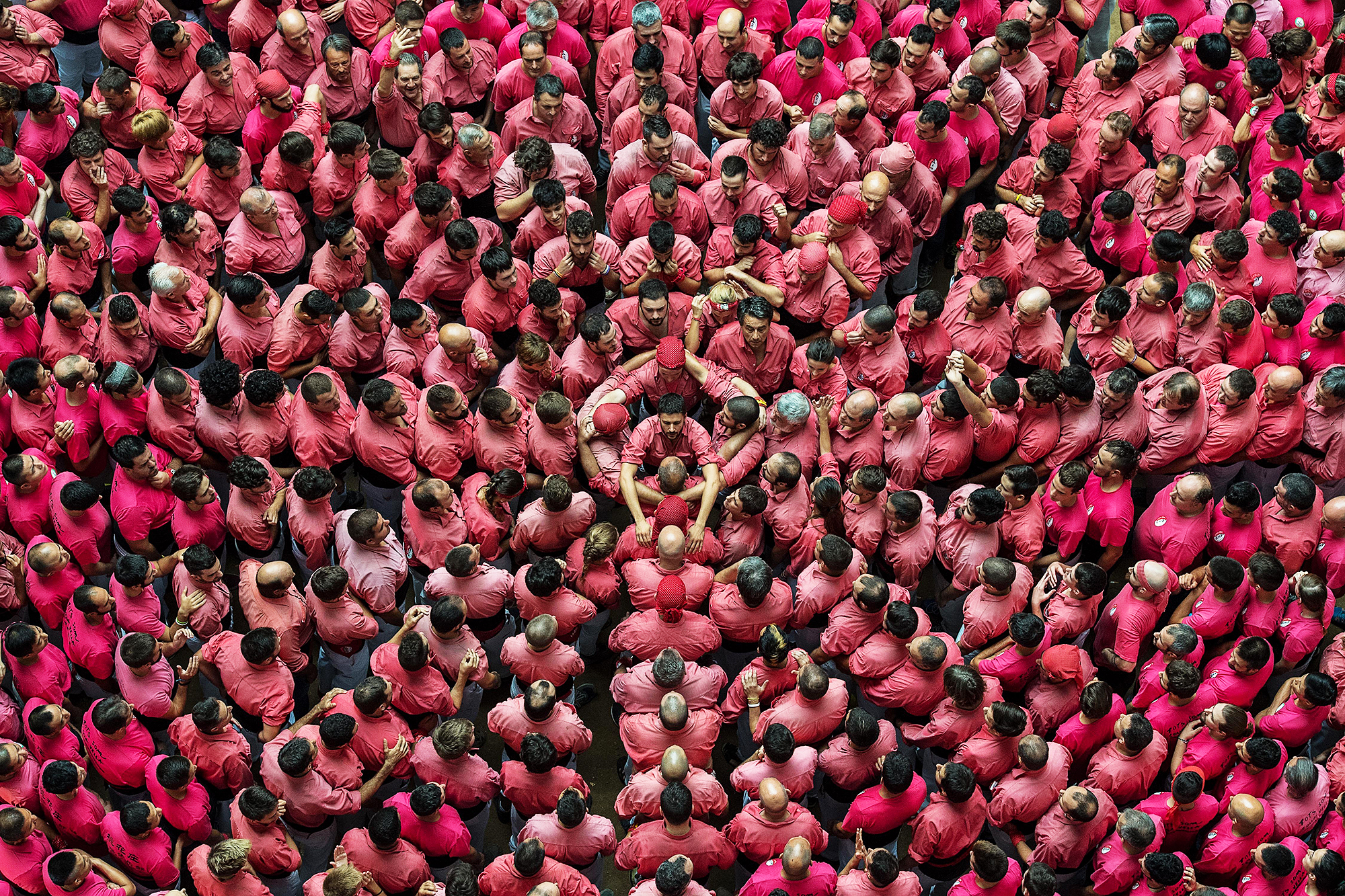
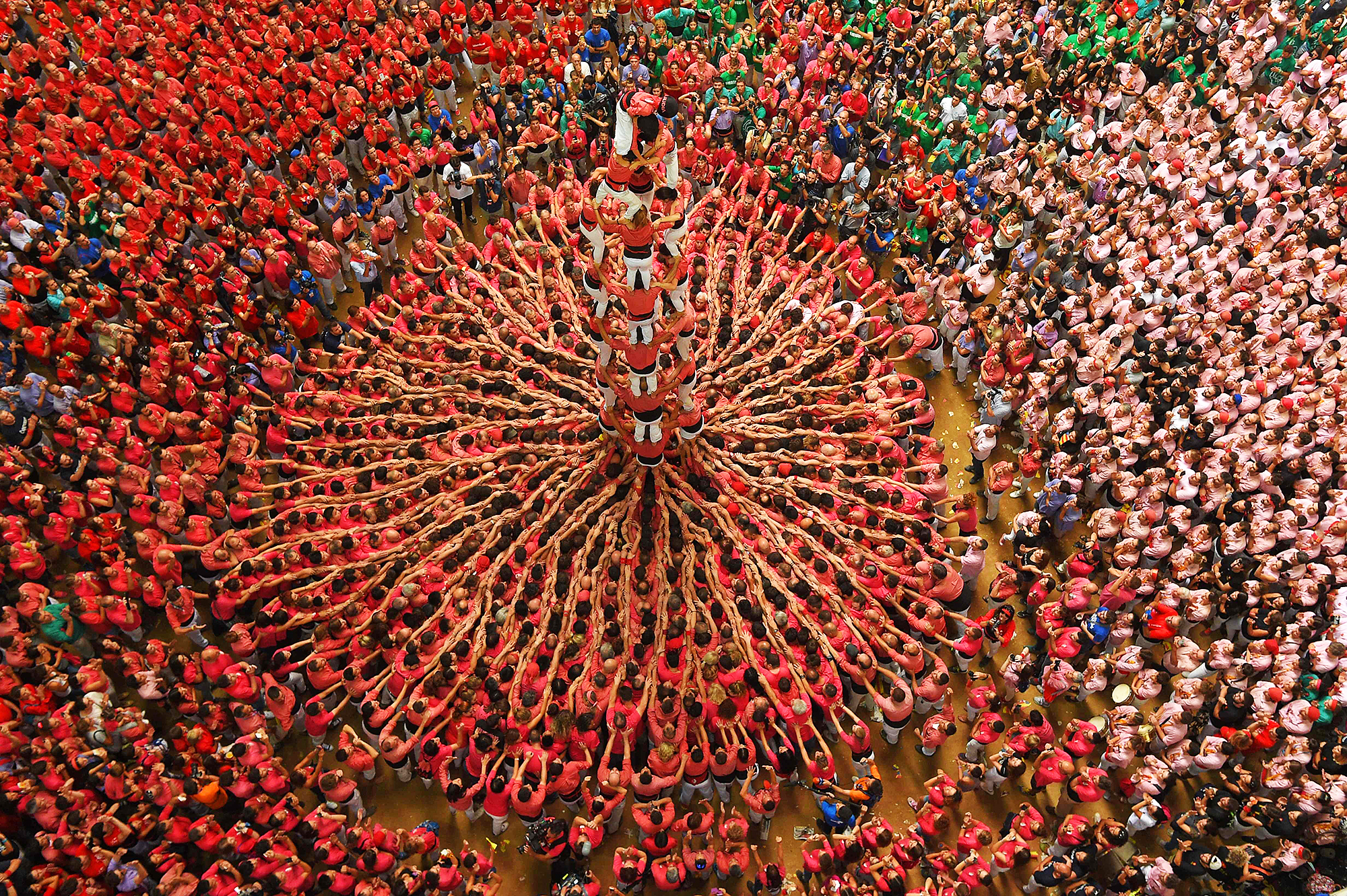
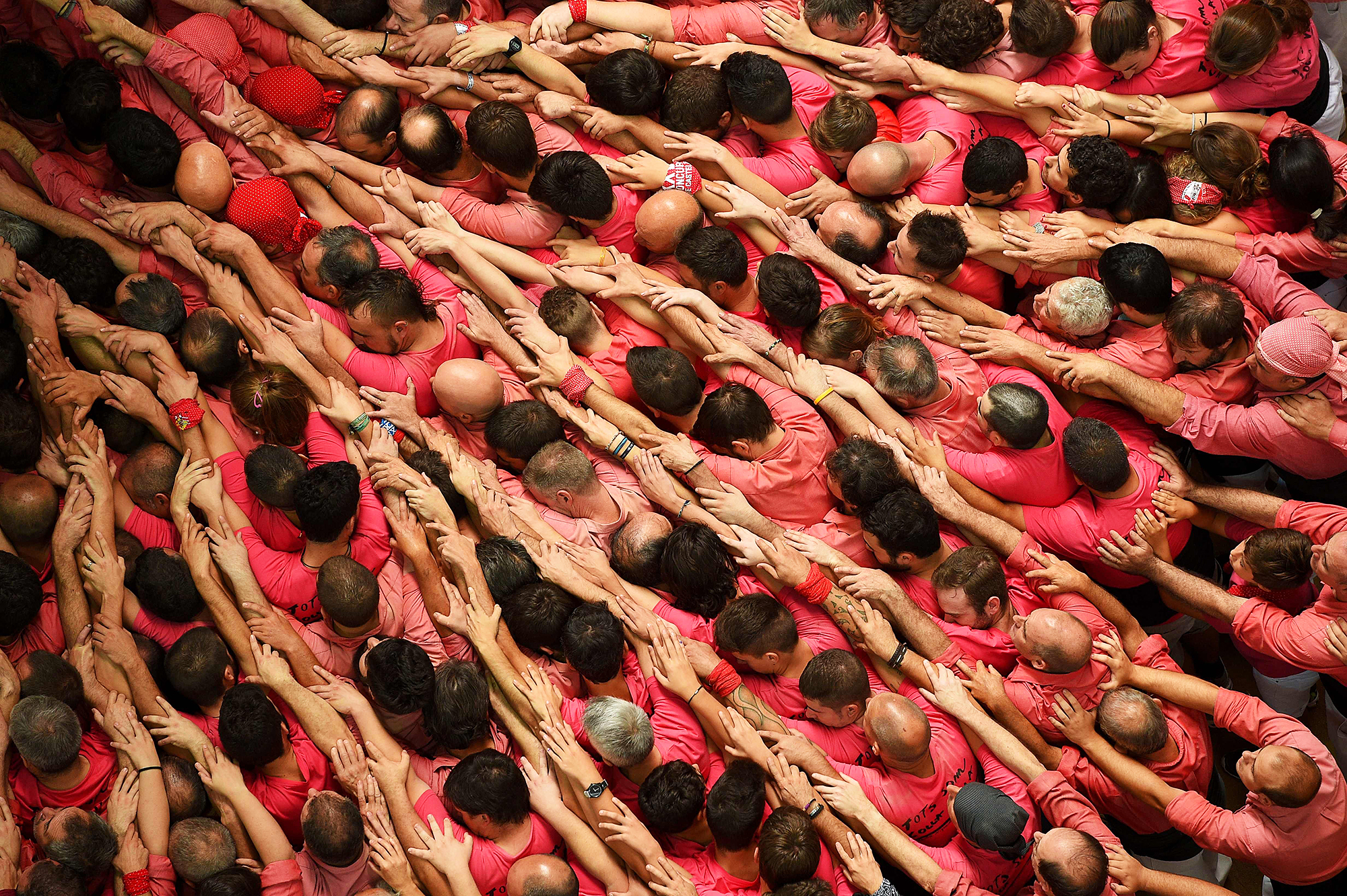
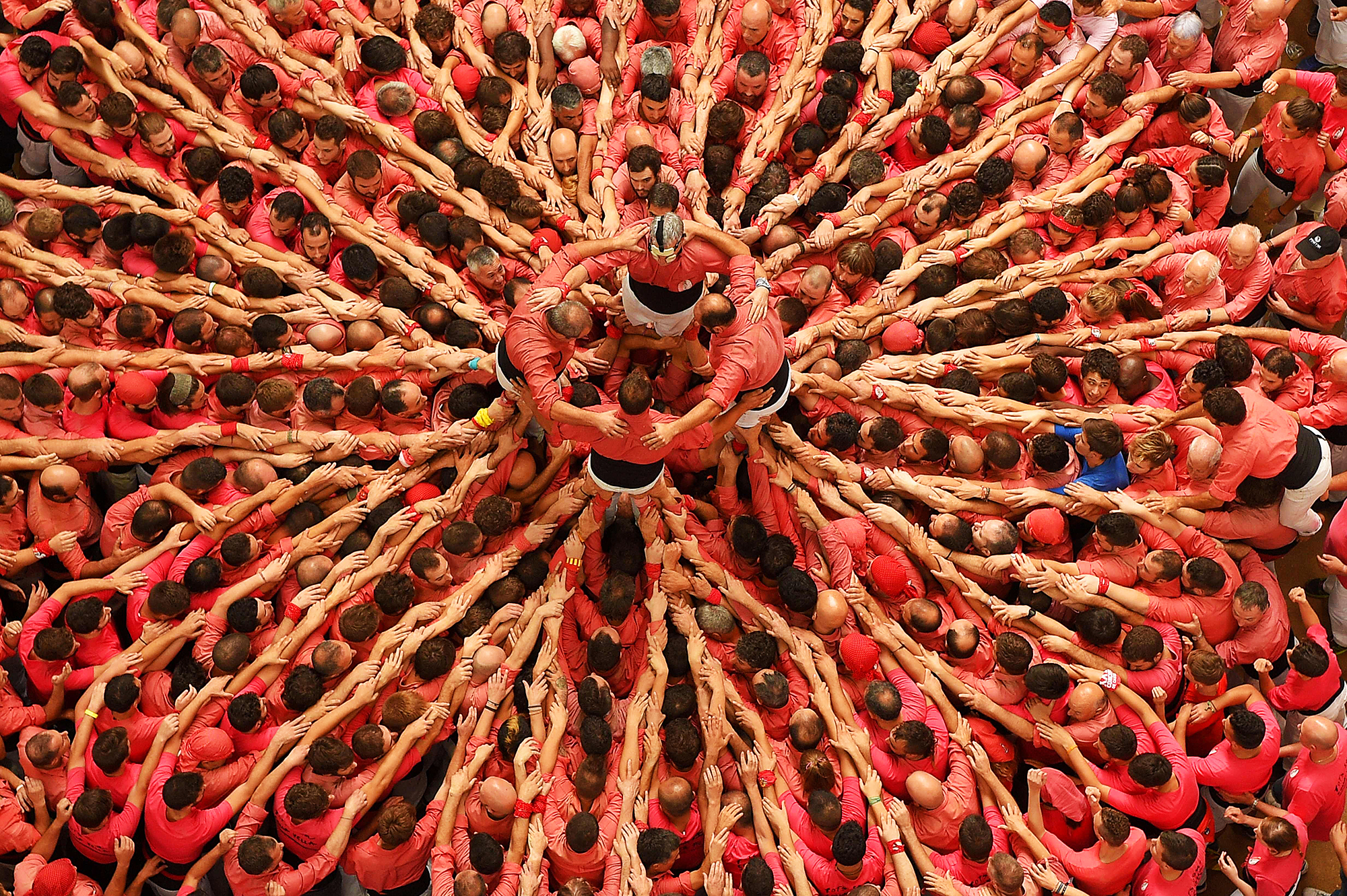
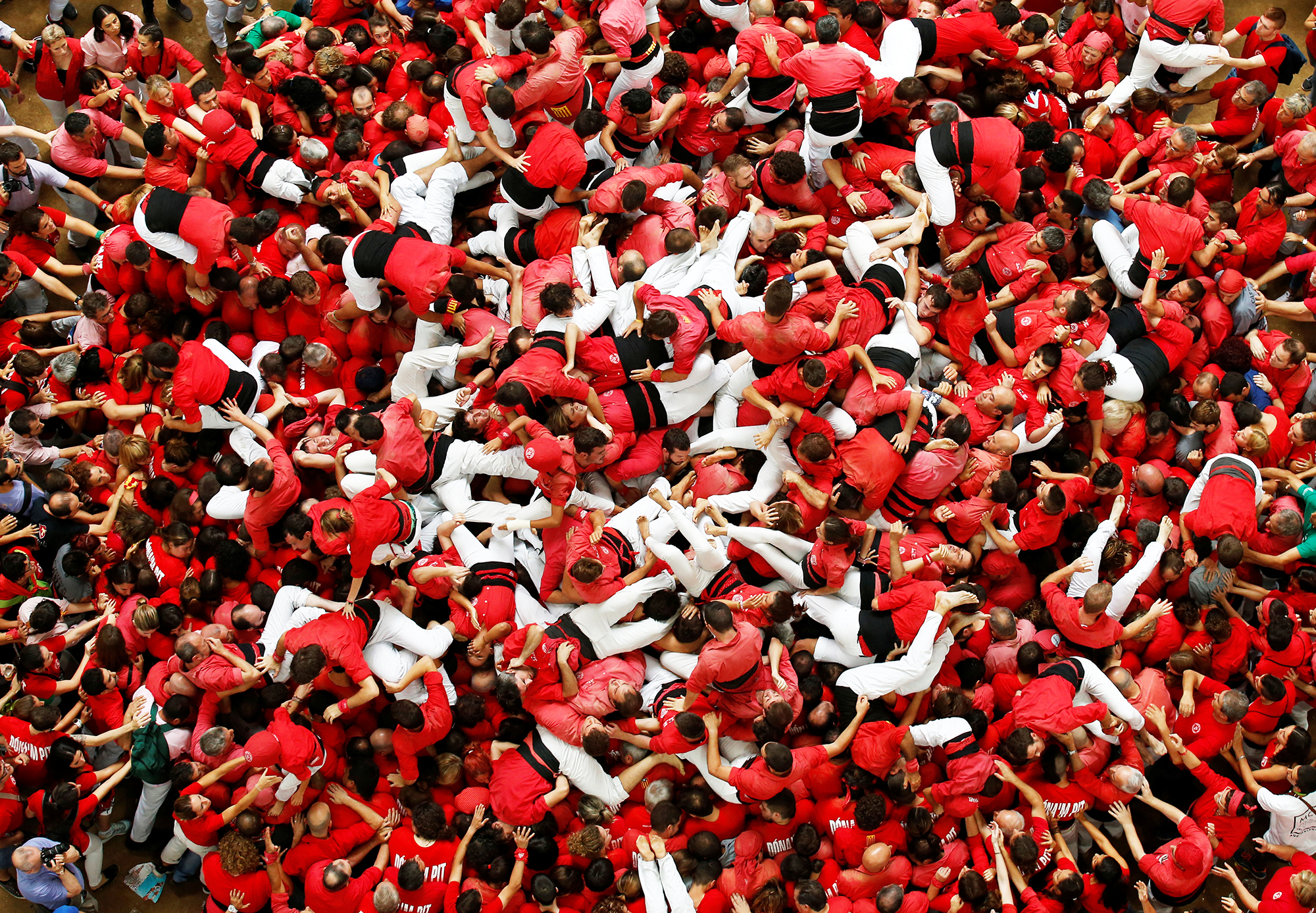
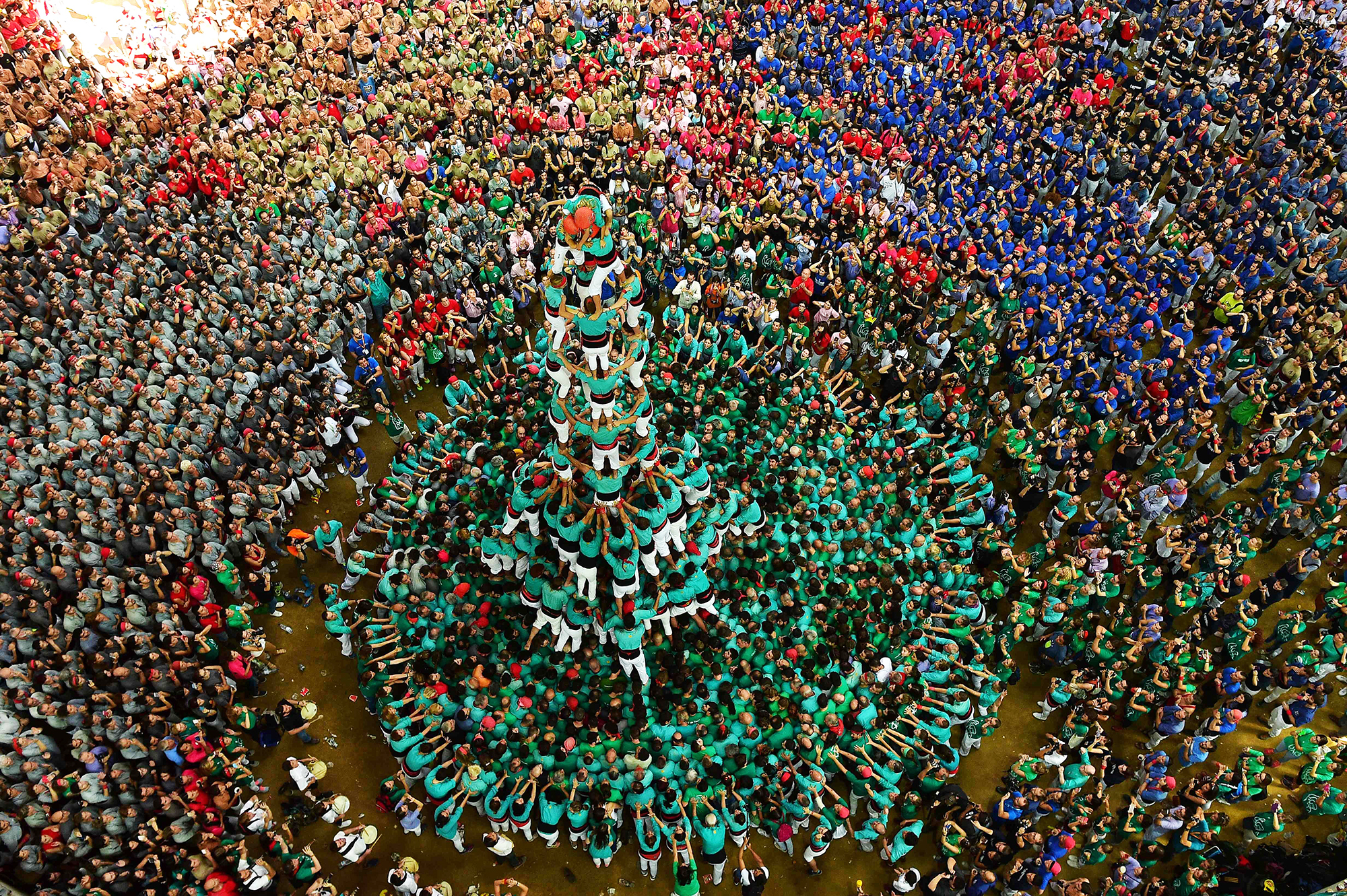
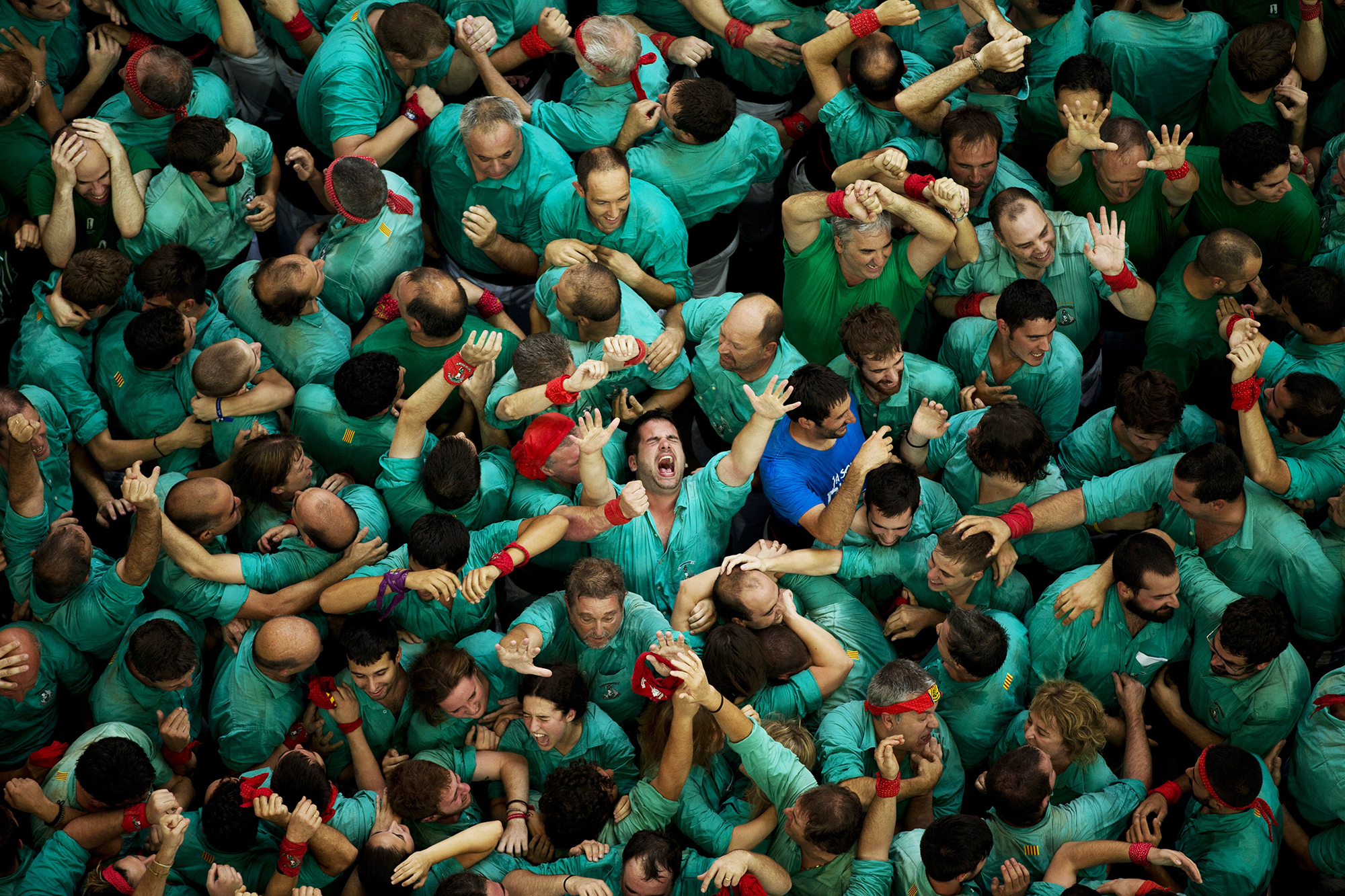
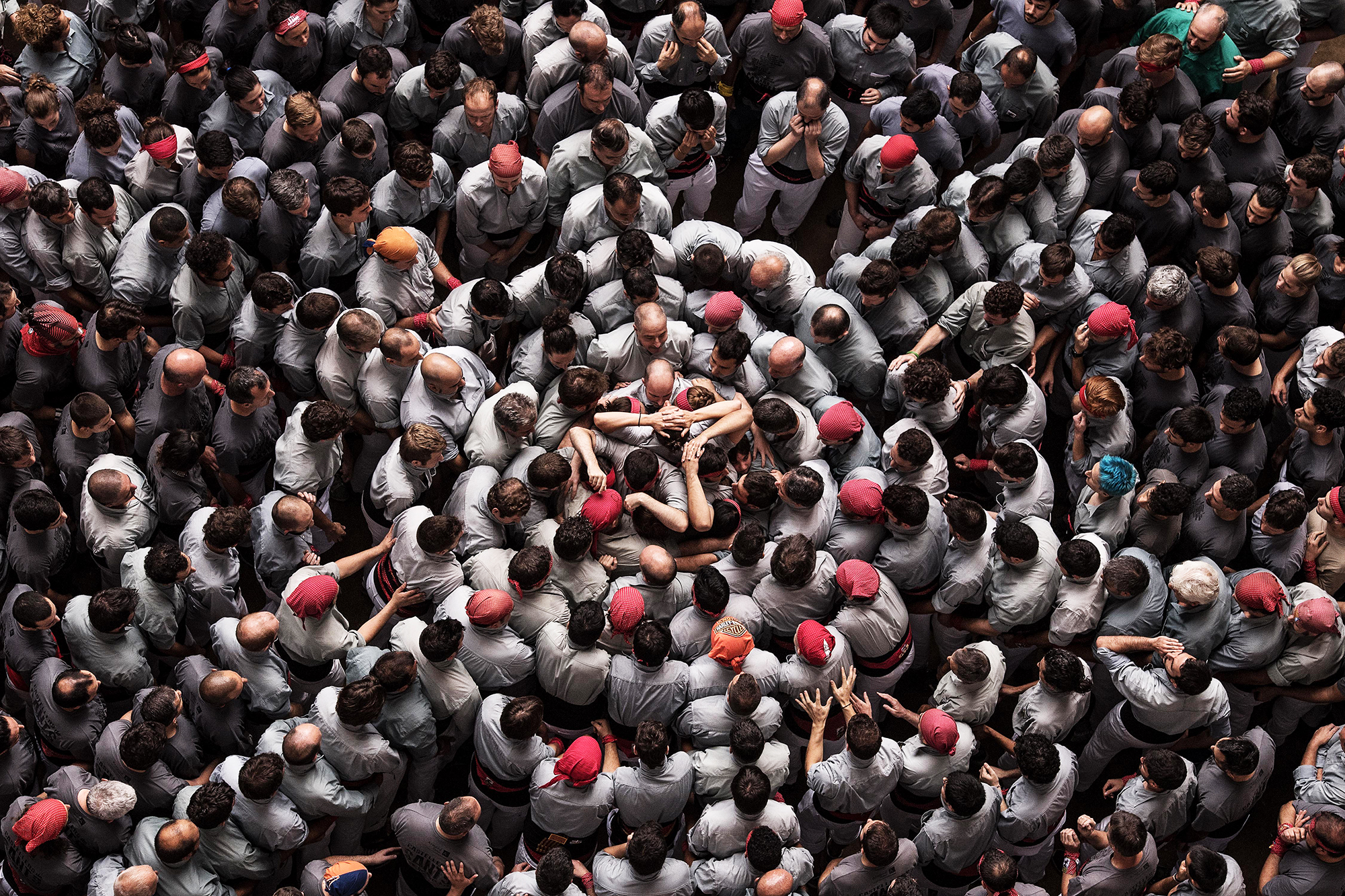
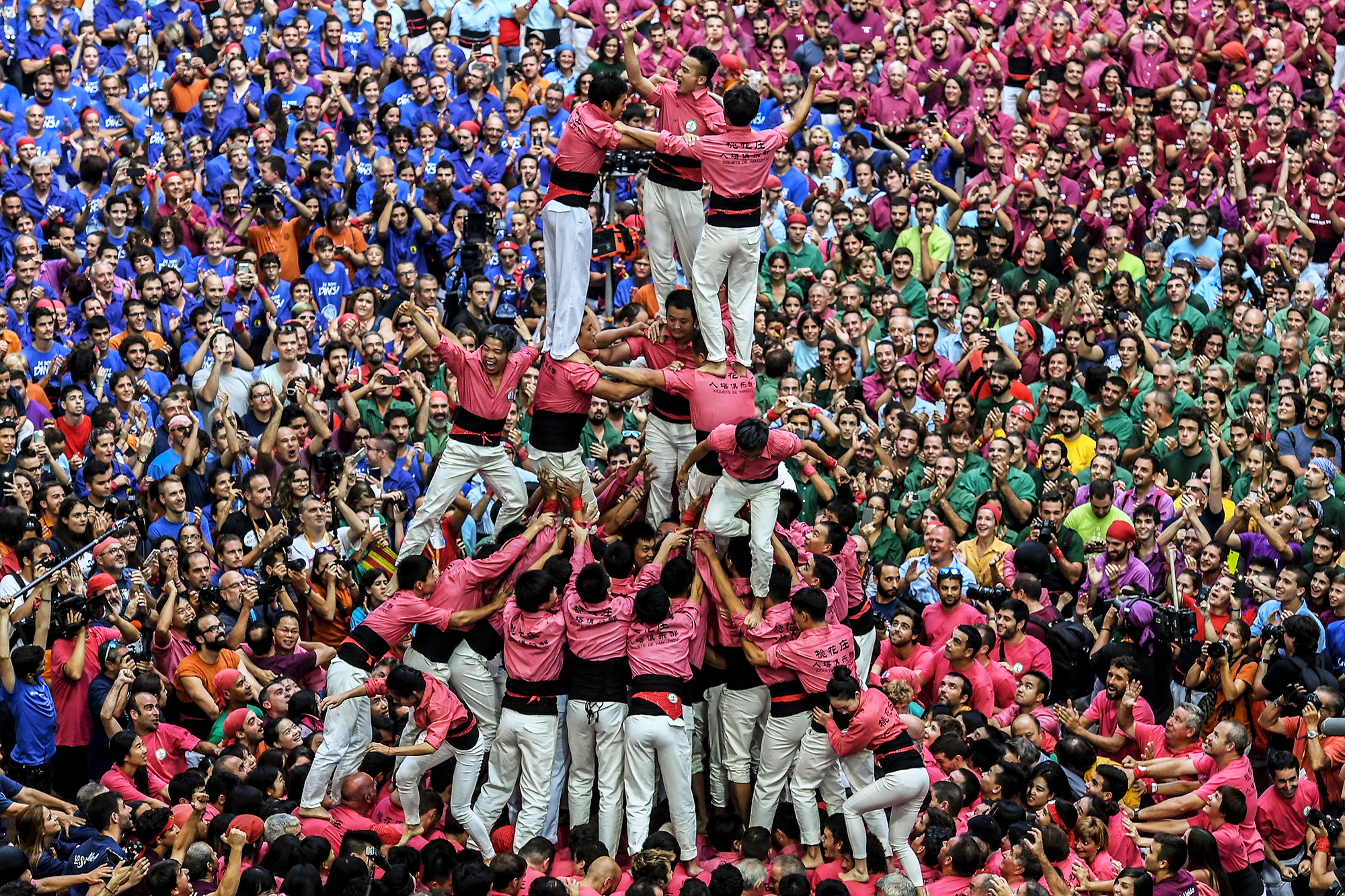
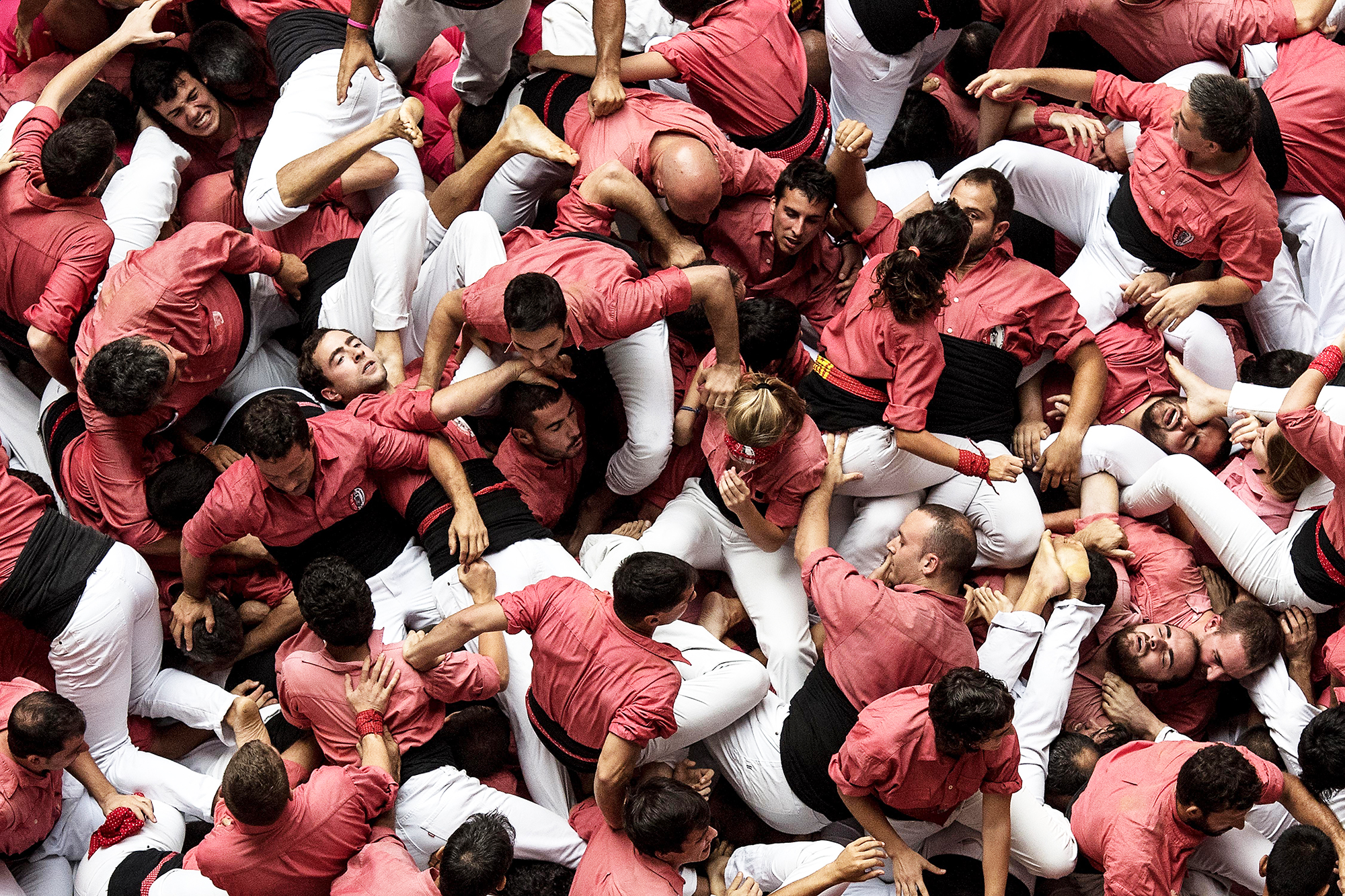
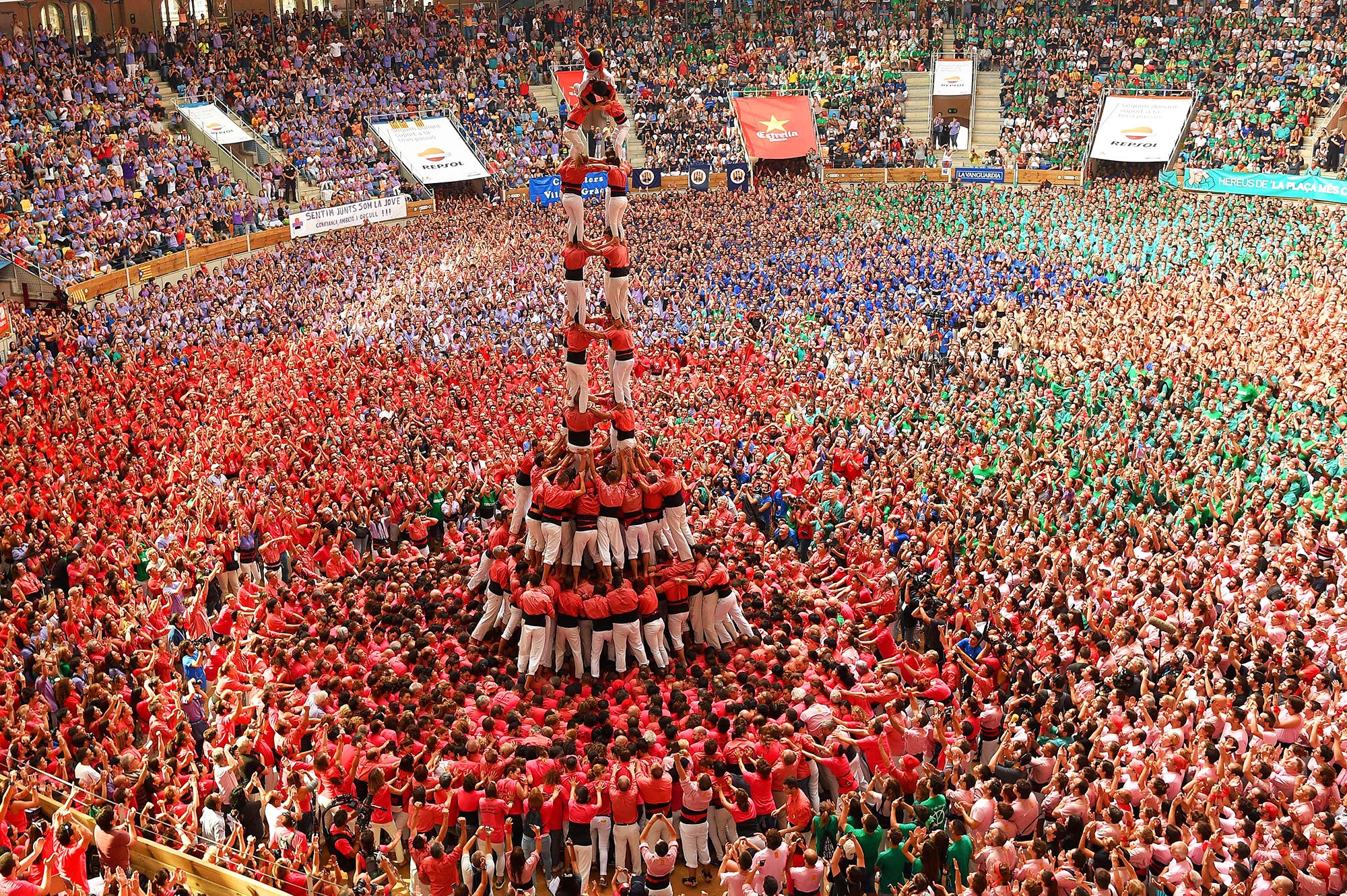
More Must-Reads from TIME
- How Canada Fell Out of Love With Trudeau
- Trump Is Treating the Globe Like a Monopoly Board
- Bad Bunny On Heartbreak and New Album
- See Photos of Devastating Palisades Fire in California
- 10 Boundaries Therapists Want You to Set in the New Year
- The Motivational Trick That Makes You Exercise Harder
- Nicole Kidman Is a Pure Pleasure to Watch in Babygirl
- Column: Jimmy Carter’s Global Legacy Was Moral Clarity
Contact us at letters@time.com